Originally trained in Visual Design and Motion Graphics, LOW once set his sights on the film industry. But it was tattooing that truly captured his creative spirit. A rising star in the Korean tattoo scene, LOW channels his love for Hangul – the Korean alphabet into every piece he creates, turning language itself into art.
With 11 years of experience, LOW has honed a signature style that fuses cultural heritage, calligraphy, and bold visual storytelling. His work has traveled far beyond Korea, appearing at international Tattoo Conventions and guest spots across the United States, earning him recognition as a truly global artist.
In this interview, we dive deep into LOW’s world – exploring the stories behind each tattoo, the passion that fuels his craft, and the mark he’s making on the art of ink.
How would you like to introduce yourself?
Hello, my name is LOW. I am originally from Korea, and I mainly work with calligraphy, abstract brush strokes, and painting.
Where did your fascination for tattoos come from?
Tattooing perfectly matched the way I wanted to work, and that’s how I became deeply drawn to this craft.
What does tattooing mean to you personally?
For me, tattooing is a very powerful form of self-expression that can only be achieved through pain.
At what point in your life did you decide to become a professional tattoo artist?
It was in my early twenties. I studied Visual Design and Motion Graphics in university and originally wanted to pursue a career in the film industry. But after serving in the military, I found myself searching for a more creative, independent path. Tattooing fit perfectly with the way I wanted to create, so I decided to start.
Did you go through an apprenticeship? How was that experience?
Yes, I apprenticed under my master in Korea for about a year and a half. That time became the foundation of who I am today and remains an intense and unforgettable memory.
What’s the most rewarding aspect of being a tattoo artist?
As a Korean, I feel most fulfilled when working with Hangul (the Korean alphabet), but I also create in many other languages. Each client brings unique words and stories, and my role is to give those stories artistic meaning. Seeing clients satisfied with the results brings me real happiness.
How would you define your current tattoo style, and how did you end up focusing on it?
The root of my work can be summed up in one word: Identity. For years, I reflected on selfhood and mortality, and I realized that language is the best medium to express these ideas. My first works were Hangul tattoos, but I wanted to move beyond traditional approaches. Over time, I developed my own expressive calligraphy style eventually expanding into abstract forms that transcend any single language.
How do you stay creatively inspired?
I draw inspiration from people, music, and the emotions they spark. Sometimes my designs are calm and restrained; other times they are raw and chaotic. I embrace both sides of that duality.
As a tattoo artist, what kind of ethics are important to you?
Responsibility is the foundation. A tattoo is permanent, and that comes with weight. For me, chasing only money or fame goes against the essence of art. An artist must have a clear standard, knowing what they are doing and what they want to express.
Do you like to teach or mentor upcoming artists?
I used to teach apprentices, but I don’t anymore. Tattooing requires many techniques, but much can also be learned independently. I also feel I still have a lot to learn myself.
How do you feel about the growing acceptance of tattoos in society?
It’s a positive shift, but rapid growth brings side effects. Tattoos are still often seen as rebellious or violent, so both giving and receiving tattoos should always involve careful thought and responsibility.
What’s your view on the rise of AI in tattooing?
AI lowers barriers to entry, but I believe people will always be drawn to primal, hand-made work. However, advanced technology becomes, there will always be those who value what only the human hand can create.
Do you do other forms of art besides tattooing?
Yes. I’ve recently begun painting again and plan to expand into other art projects.
What’s your experience at tattoo conventions so far?
I’ve participated in Korea Tattoo Convention and once attended the Empire State Tattoo Expo in New York as a visitor. In Korea, conventions remain underdeveloped, partly due to strict laws that only allow licensed doctors to tattoo. This has slowed cultural acceptance and blocked growth. I hope both Korean and international supporters continue pushing for legalization and recognition of tattooing in Korea.
Is there any tattoo that you are particularly proud of?
Yes, during a guest spot in Los Angeles. My client had been adopted from Korea into an American family and showed me his adoption papers, where his Korean name was written. He asked me to tattoo it on his chest. I created the most beautiful version of his name I could, and his expression when it was finished is something I’ll never forget.
What are your goals or dreams for the near future?
It has already been 11 years since I started tattooing, yet I still feel there is so much to learn. I want to continue growing, while also creating more art outside tattooing and collaborating with artists from different fields.
To close this interview, what’s your final message to our readers?
Does getting a tattoo hurt? Yes, of course it does. But life itself is filled with pain, from beginning to end. Rather than avoiding it, we must learn how to accept and manage it. By embracing pain and freeing ourselves from fear, we can live each moment with gratitude and presence.
Thank you.
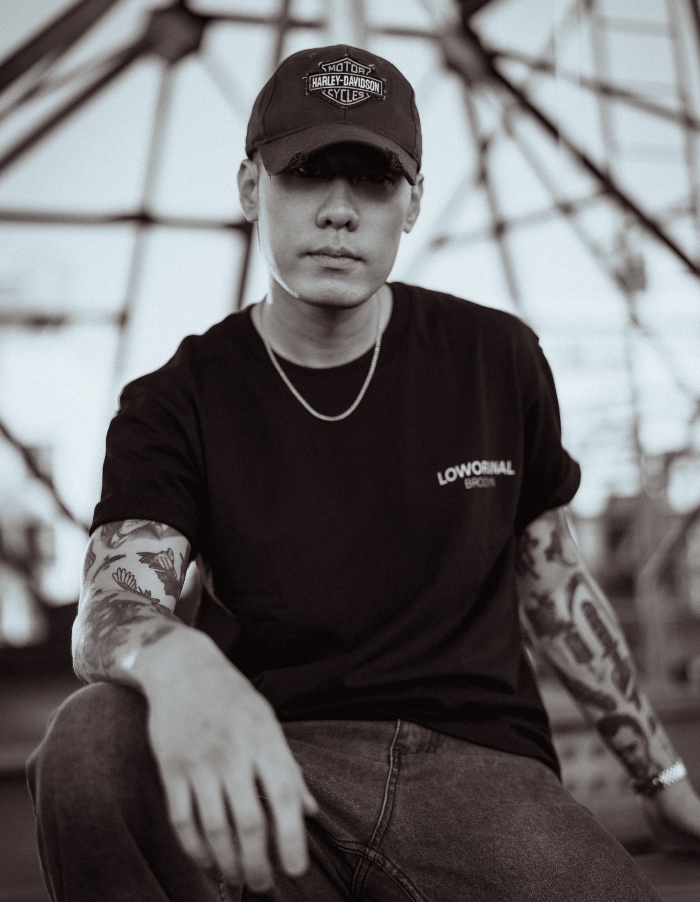
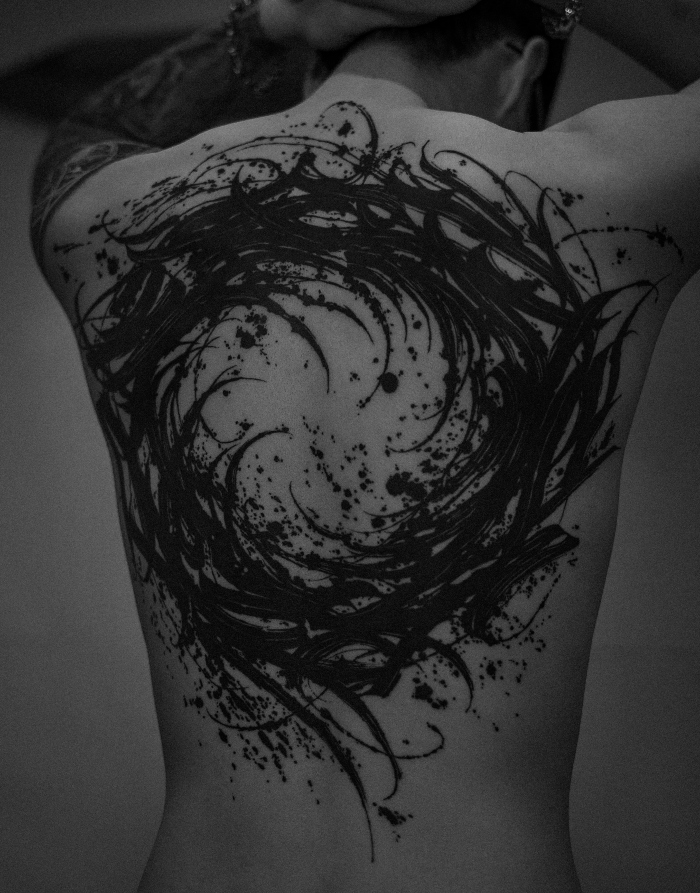
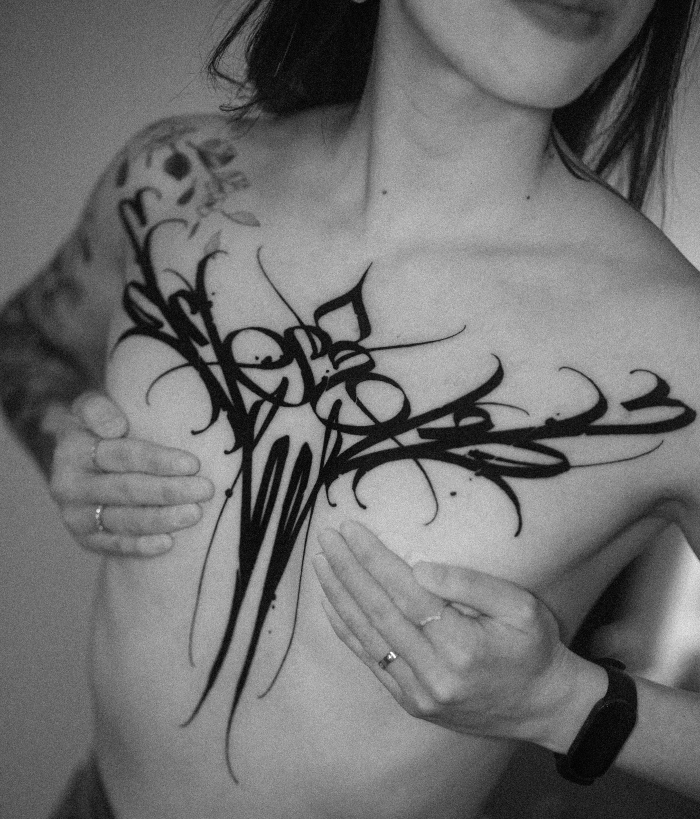

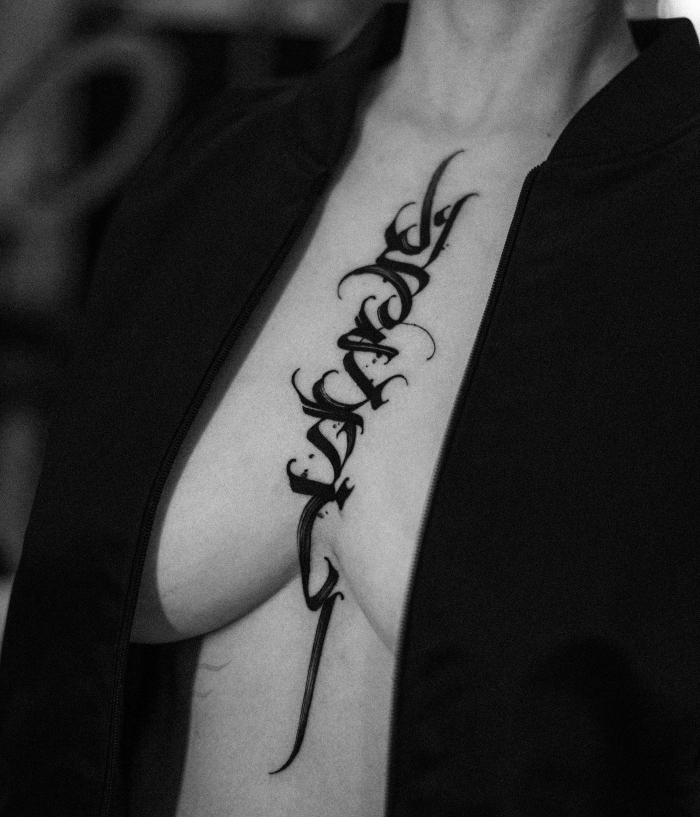
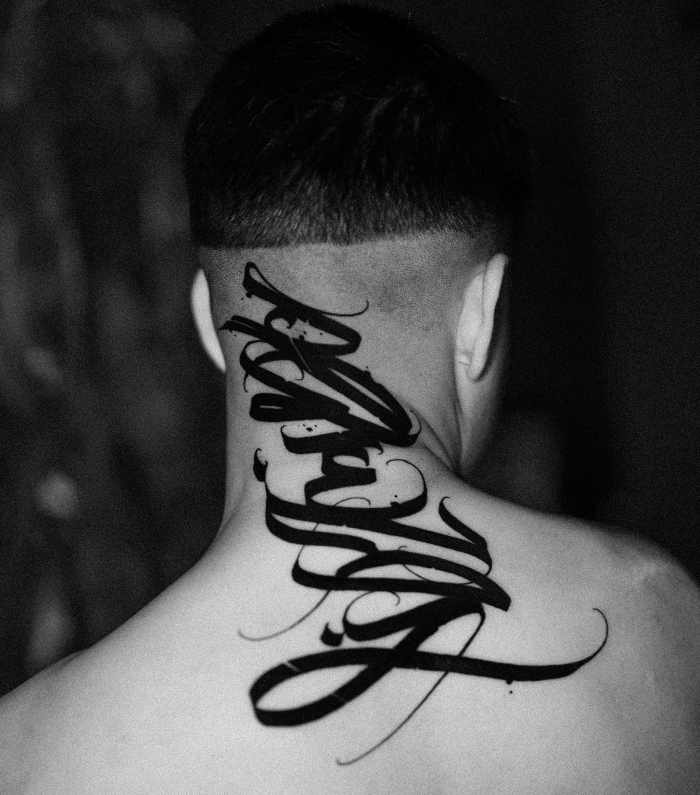
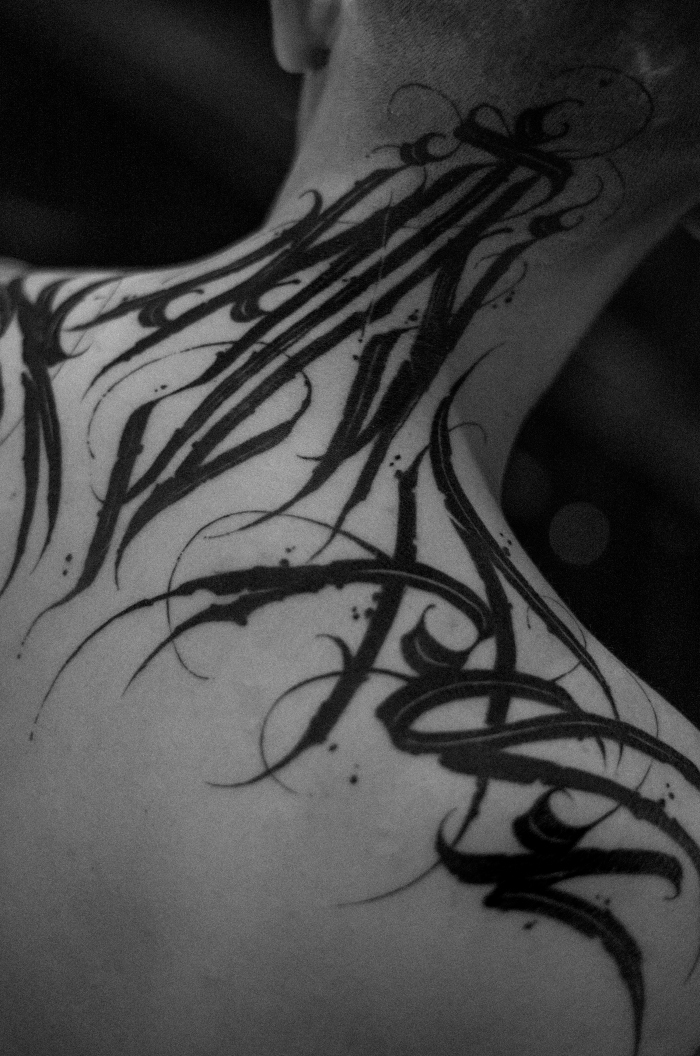
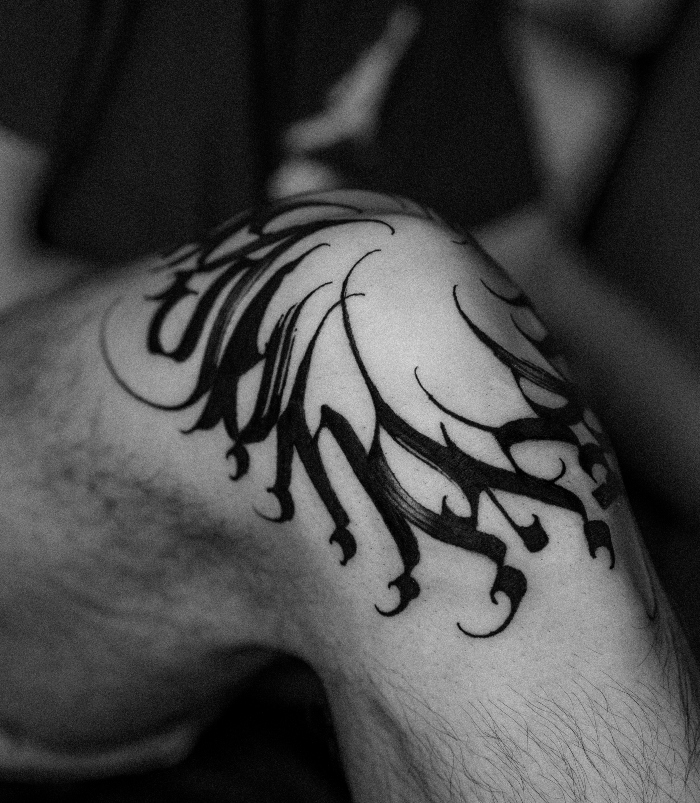
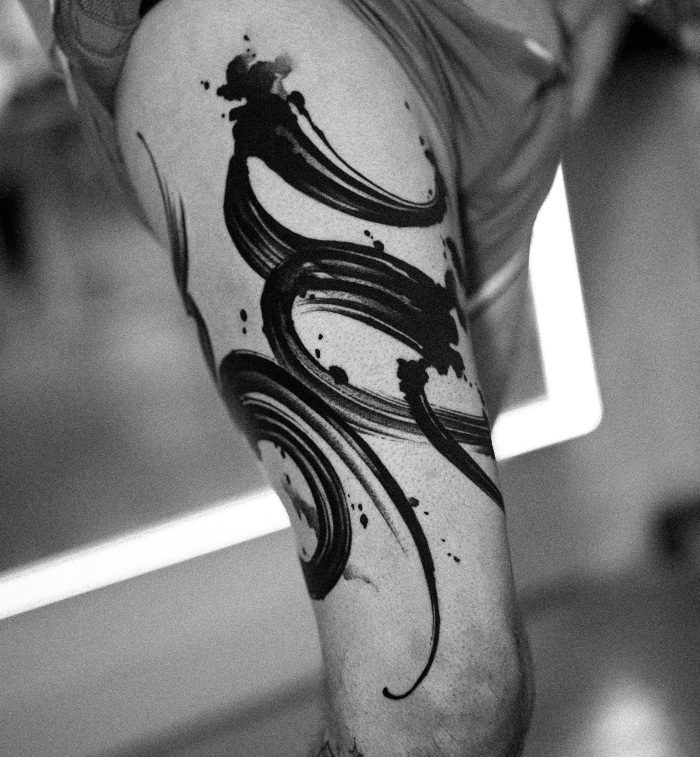
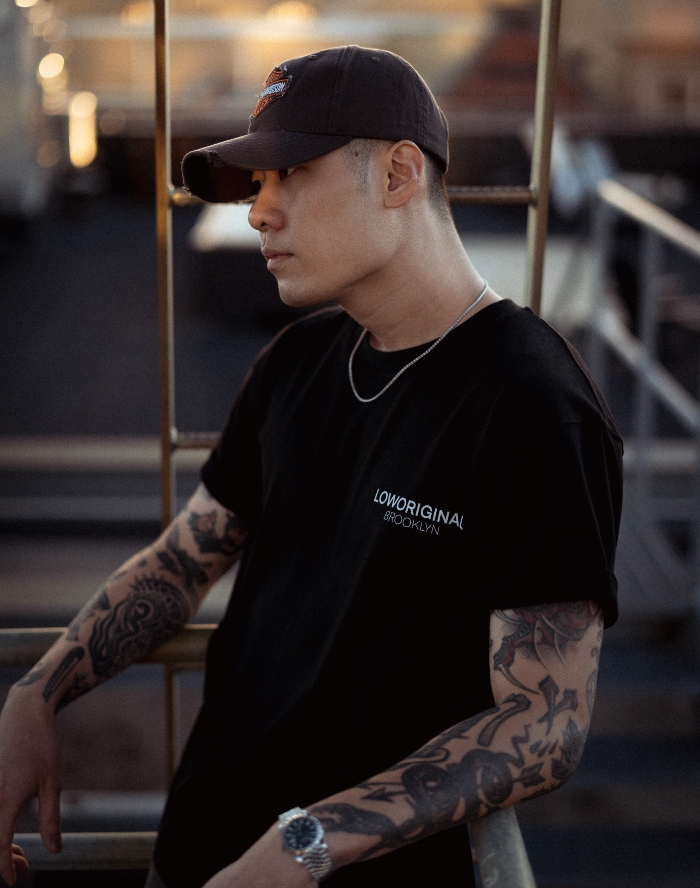

Leave A Comment